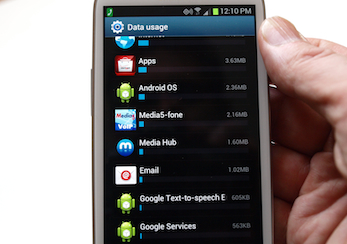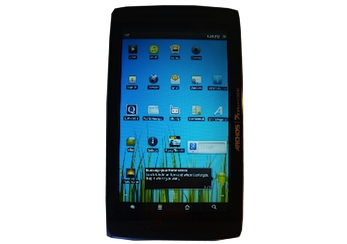Taap.it, the geo-aware classified mobile app that launched at TechCruch Disrupt in late May, has experienced impressive growth in the last two months.
They’ve seen $2.4 million in transactions cleared through their online marketplace
With the Taap.it iPhone (and Android) app, sellers post a picture of the item they wish to sell along with embedded geo-data. Buyers search using distance and keyword parameters.
The focus here is, of course, on local business, and the assumption is that delivery and payment can be handled without any messy third-parties—perhaps the whole transaction can be settled at the local coffee bar.Continue reading





 I couldn’t resist.
I couldn’t resist.





